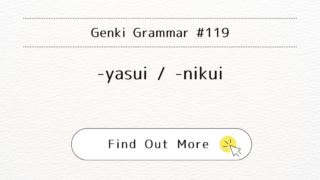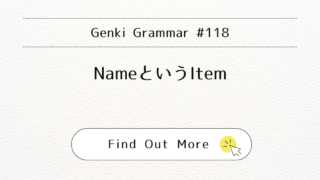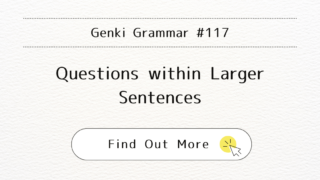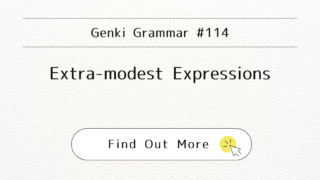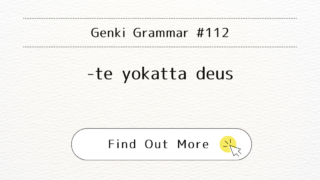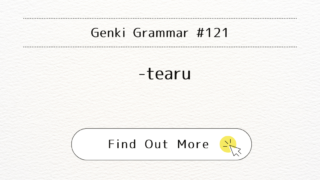 Journey to Japanese Mastery
Journey to Japanese Mastery Genki Grammar #121: Mastering -tearu
Genki Grammar #121 teaches you how to use -tearu to describe actions done on purpose, with the effects still visible. Perfect for talking about intentional preparations in Japanese.


